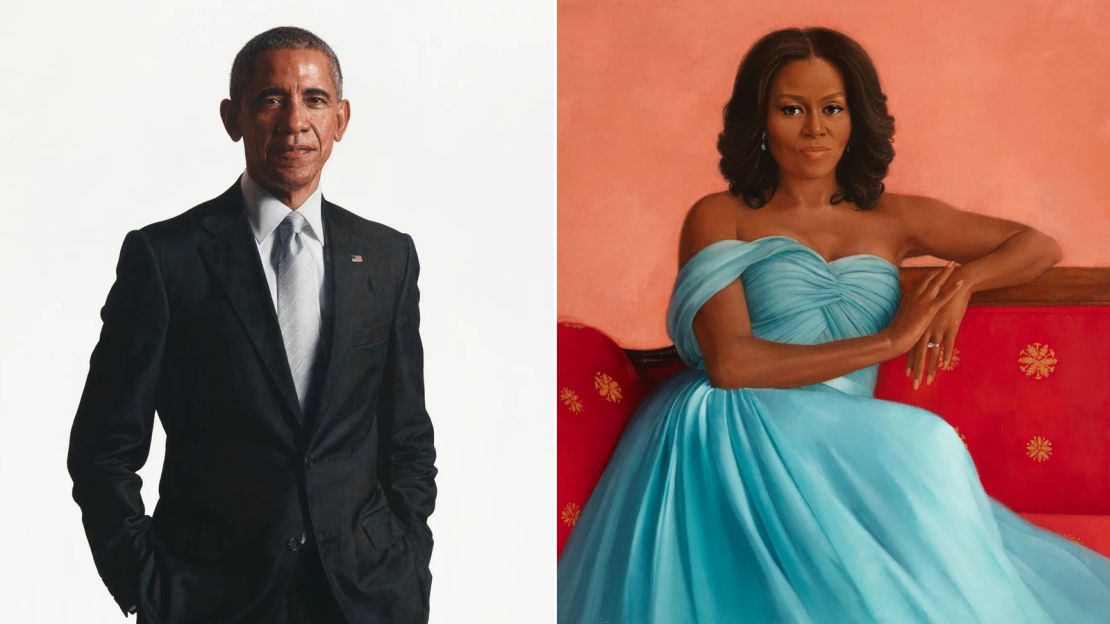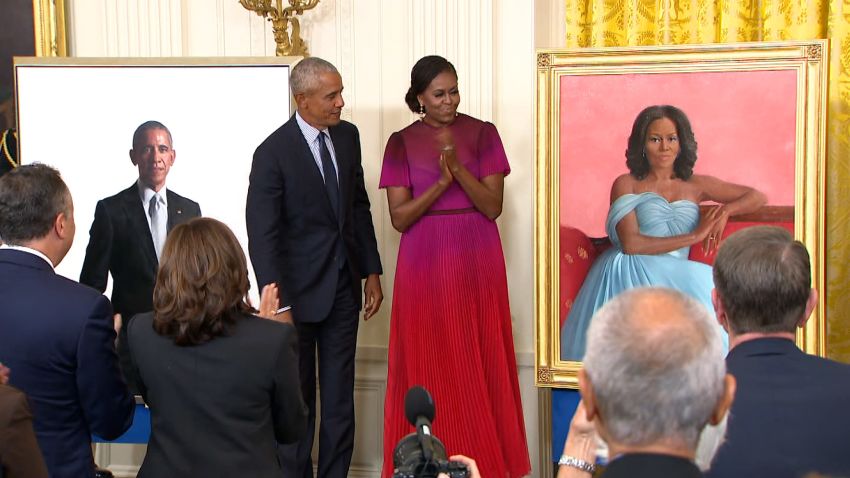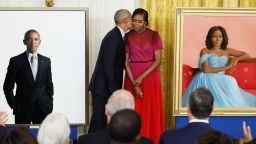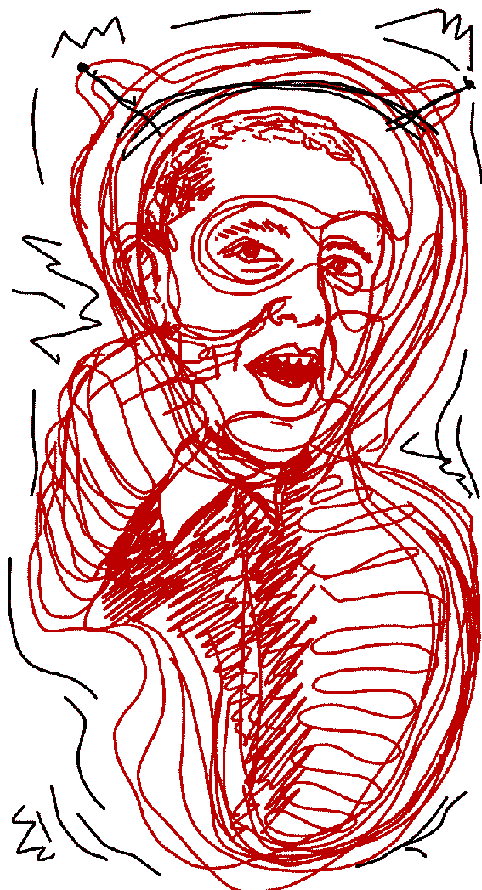Editor’s Note: Adrienne L. Childs, an independent scholar and art historian, is adjunct curator at The Phillips Collection in Washington, DC and the 2022 recipient of the Driskell Prize for her contributions in the field of African American art. She is the author of a forthcoming book entitled “Ornamental Blackness: The Black Figure in European Decorative Arts.” The views expressed in this commentary are her own. Read more opinion at CNN.
Representation matters. And perhaps no political couple understands that more than the Obamas. On Wednesday, the former first couple unveiled their official White House portraits under the glowing regard of President Joe Biden and first lady Jill Biden. Leadership and portraiture have long gone hand in hand in Western art. Yet the stakes are even higher for the Obama portraits. The images of the first Black president and first lady will represent their historic public service in a space that had been the exclusive domain of white Americans for more than two centuries.

To say that the history of representation of Blacks in the US has been fraught is an understatement. However, since the Harlem Renaissance when a critical mass of professional Black artists began to imagine Black life on their own terms, images of Black Americans have asserted dignity, shaped identity, and humanized a group that had been stereotyped, ridiculed, and even demonized in visual culture.
As president, Obama was depicted in numerous unauthorized portraits. From Shepherd Fairey’s “Hope” poster to a portrait composed entirely of toast, Obama was subject to interpretations beyond his control. However, when he and the first lady had the opportunity to have a say in shaping their image, they first chose the contemporary artists Kehinde Wiley and Amy Sherald to produce portraits for the National Portrait Gallery collection.
These were bold choices – Wiley was well-known for his ornate portraits of young Black men in traditional poses with homoerotic undertones, and Sherald was an up-and-coming artist with a regional profile. Both artists were African Americans with non-traditional sensibilities. The portraits have become among the most popular paintings in the National Portrait Gallery and are currently on a seven-city tour of the United States. The Obamas also supported African American artists in the White House when they acquired “Resurrection,” a painting by beloved DC artist Alma Thomas for the Old Family Dining Room, the room in the White House used for smaller, more intimate meals.

Considering this history, I must admit that I was surprised that the Obamas did not choose Black artists for their official White House portraits, particularly since Simmie Knox, who painted the presidential portrait of Bill Clinton, remains the only Black artist to have received a commission to paint a White House portrait. While Black artists have gained unprecedented recognition in recent years, they remain underrepresented in America’s historic collections.
Nonetheless, the choices of Robert McCurdy and Sharon Sprung represent the Obamas’ interest in bringing forward fresh, contemporary voices, expanding what the traditional presidential portrait can be. And the paintings are stunning.
Robert McCurdy is famous for his spare, yet photo-realistic portraits of luminaries such as the Dalai Lama and Toni Morrison. He treated Obama in his iconic style, meticulously rendered on a stark white background. No desk, flag, or family portraits to set the presidential scene. Just Obama in minute detail. Obama joked that McCurdy would not even reduce the size of his ears for the portrait. What appealed to the former president was McCurdy’s honesty and ability to render him in all of his humanity.
The former first lady chose a very different type of artist for her portrait. Sharon Sprung captured the sophisticated and fashionable Michelle Obama. In what is reminiscent of a Gilded Age society portrait, Obama is pictured in a celestial blue Jason Wu gown. Seated on a red couch in front of a pale peach colored background, the artist uses large fields of warm reds in the background and a soft treatment of the figure to produce a romantic depiction of the former first lady.
Although Obama stated that she was aware that her presence in the White House was an unlikely journey, this painting will be absolutely at home there, and will even outshine the portraits of other former first ladies.
In a culture in which race remains a fault line, the official Obama portraits have a special significance, as acknowledged by former President Obama in his remarks. Since his presidential win, Obama has been seen by millions of Americans as a source of racial pride as well as the embodiment the American dream of achievement against the odds. In light of the many Americans who have been and will be emotionally, culturally, and politically invested in their story and their legacy, the Obamas have beautifully and carefully crafted how they will be represented in the people’s house.




